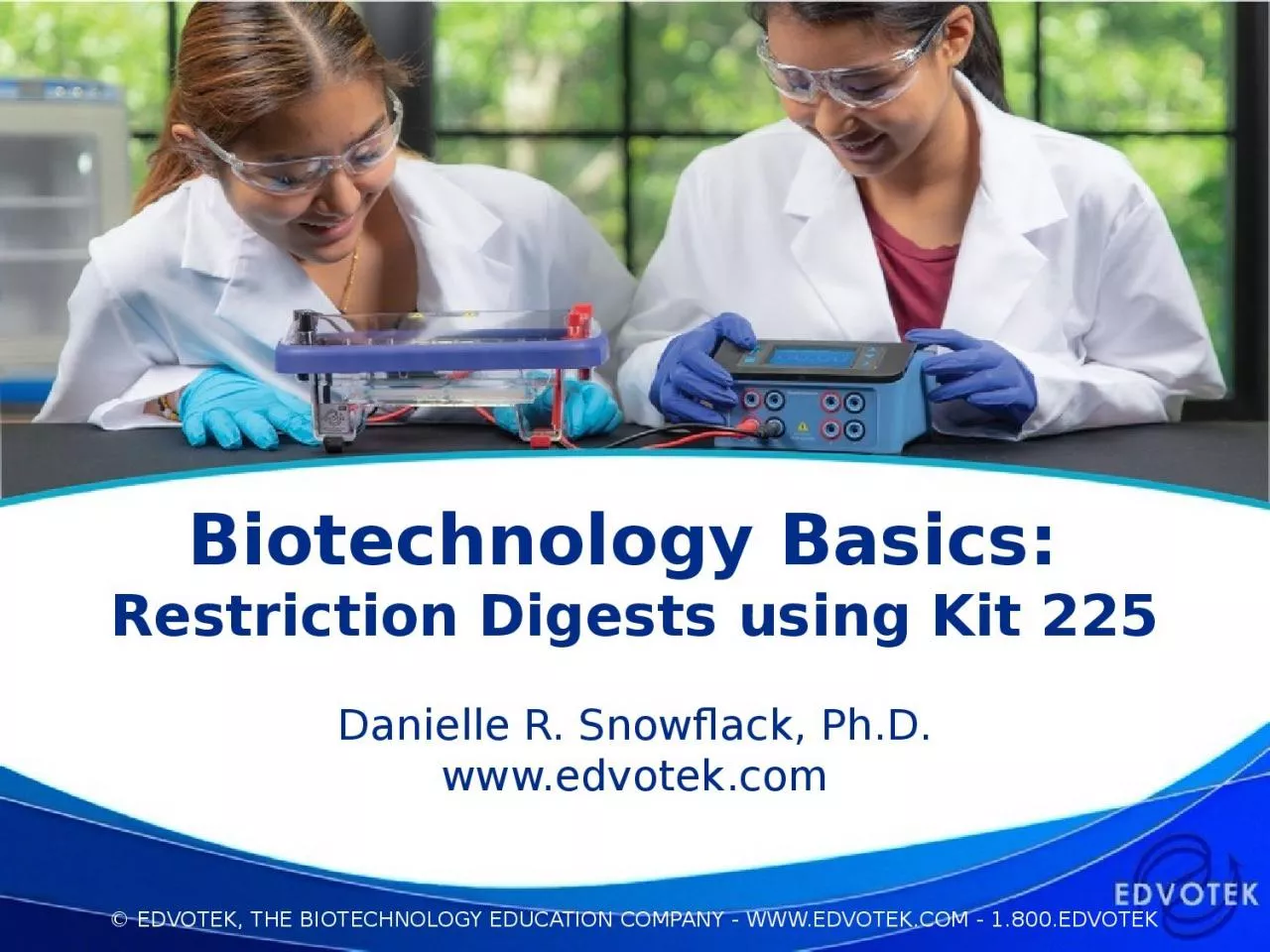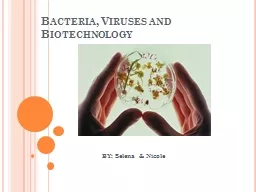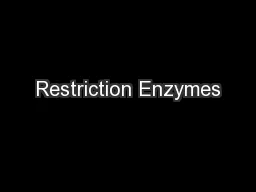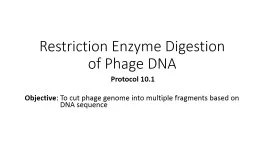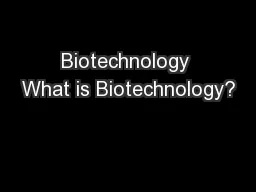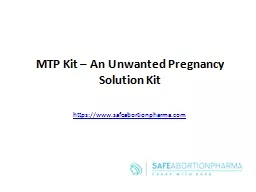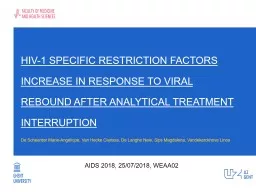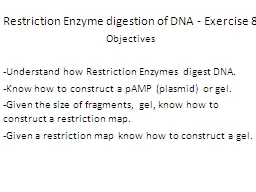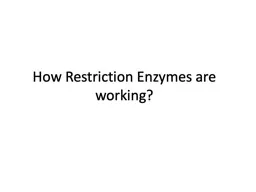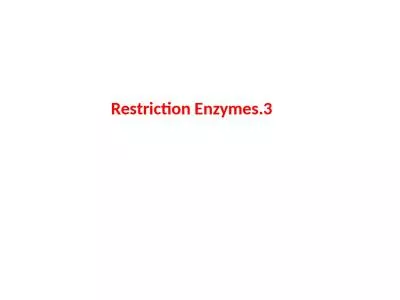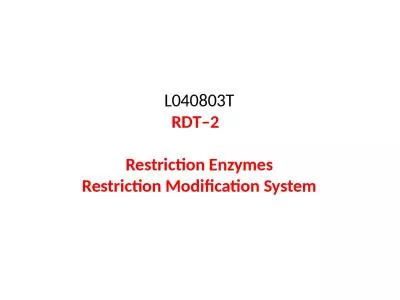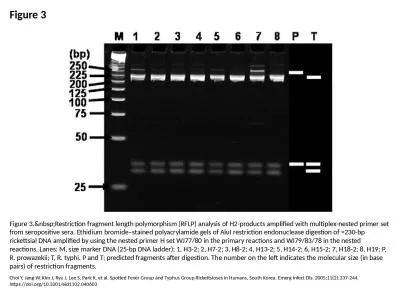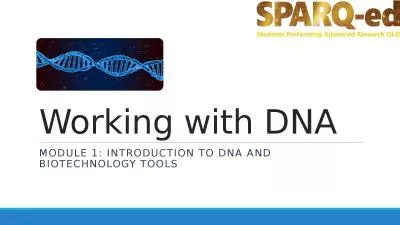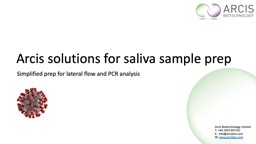PPT-Biotechnology Basics: Restriction Digests using Kit 225
Author : edolie | Published Date : 2022-06-11
Danielle R Snowflack PhD wwwedvotekcom EDVOTEK The Biotechnology Education Company Celebrating OVER 30 years of science education Todays Experiment Restriction
Presentation Embed Code
Download Presentation
Download Presentation The PPT/PDF document "Biotechnology Basics: Restriction Diges..." is the property of its rightful owner. Permission is granted to download and print the materials on this website for personal, non-commercial use only, and to display it on your personal computer provided you do not modify the materials and that you retain all copyright notices contained in the materials. By downloading content from our website, you accept the terms of this agreement.
Biotechnology Basics: Restriction Digests using Kit 225: Transcript
Download Rules Of Document
"Biotechnology Basics: Restriction Digests using Kit 225"The content belongs to its owner. You may download and print it for personal use, without modification, and keep all copyright notices. By downloading, you agree to these terms.
Related Documents

